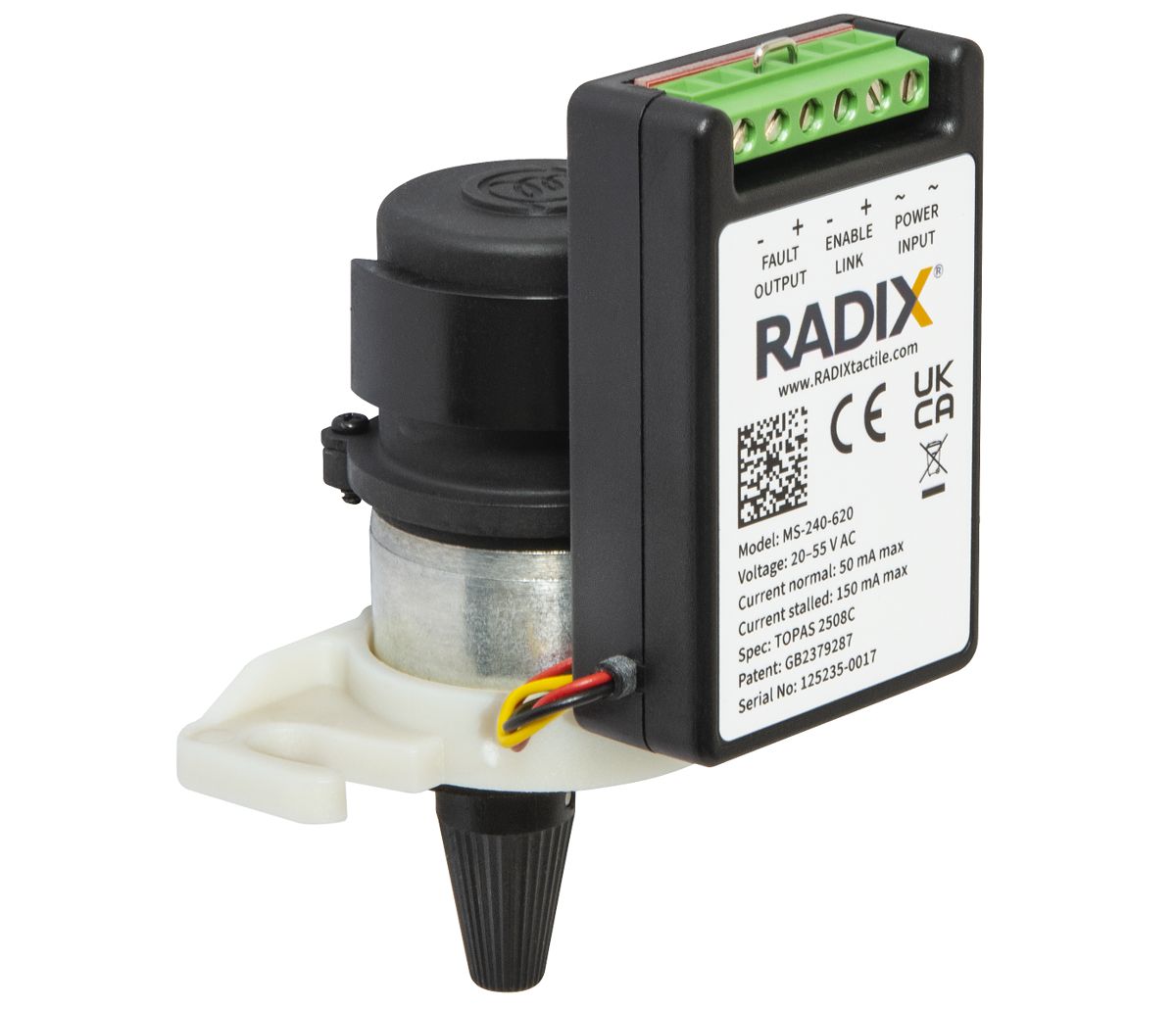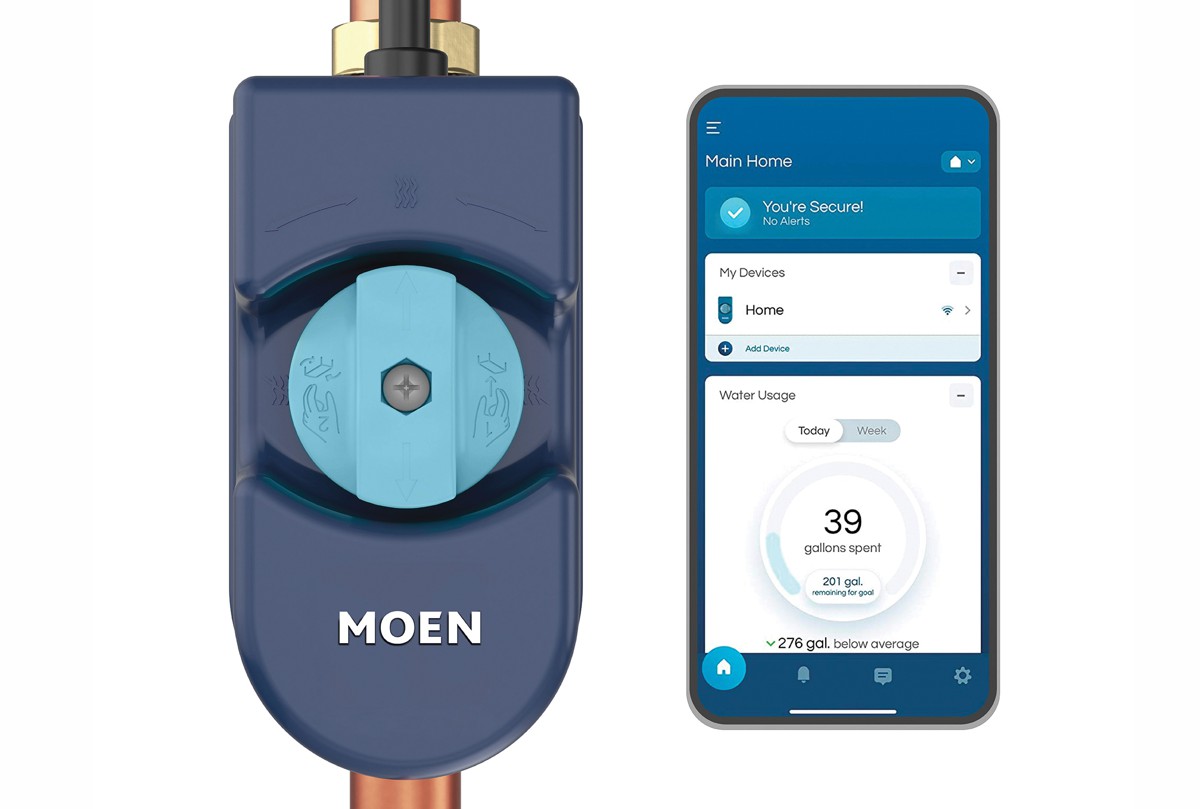Improving the performance of Traffic Light Tactile Indicators
Sometimes minor adjustments can make a huge difference when it comes to ensuring inclusivity and safety – That’s what one of the UK’s leading ITS manufacturers found when they set out to enhance the design and performance of their tactile indicators.
Because as well as developing their own testing equipment and ensuring standard compliance across all pedestrian solutions, AGD Systems also now offers a second option of tactile indicator – also known as rotating cones.
Consulting with experts from local authorities and charities saw the team at AGD learn more about how these cones are a life-line to vulnerable road users. But they also found that the traditional cone (now known as Cone A) wasn’t necessarily suitable for everyone.

Greg Baker, AGD’s Commercial Manager, explains: “Acquiring Radix gave us focus on the design and performance of tactile indicators, and we wanted to ensure we weren’t just guessing what was required by pedestrians using these products when they cross the road.
“That’s why we invited representatives from REMAP – a charity which custom builds equipment to make the lives of those with disabilities easier – and Gloucestershire County Council’s social care team to join us at AGD Headquarters and see first-hand early prototypes of the enhance indicator, and share their insights from working directly with users who rely on this type of equipment.
“They explained that some people with diabetes suffer from both loss of sight and of sensation in their fingers, which makes it difficult for them to feel the rotating cone fitted to the bottom of pedestrian signals.
“As a result of these discussions, and our extensive research and development, we can now offer an alternative tactile cone on request to customers – known as Cone B.
“Cone B has a different spline shape and feel, making more of an impression on the fingertips when it rotates. Feedback has been extremely positive with Cone B being called an ‘excellent example of inclusion being the default position’ by one consultee.
“We also asked volunteers at an East of England branch meeting of the Royal National Institute of Blind People (RNIB) to try out Cone B, and all felt it was easier to feel it rotating than the traditional option (Cone A). We were delighted to be able to donate a crossing unit to the RNIB for use in future training and awareness sessions.
“All MS-240 tactile indicators, whether supplied with Cone A or B, have been designed to meet TOPAS specifications and real-life performance criteria, tested using our bespoke equipment specially developed at our HQ. Having this equipment on site has also been beneficial to our clients, who can come and meet the team and see first-hand not only how the product works, but also how rigorous the design and testing process is for all our pedestrian crossing suite solutions.”

After a period of testing by integration partners and local authorities around the UK to ensure full evaluation on real-life sites, volume production and supply is in place from this month (March).
AGD Systems launched more than three decades ago, honing its reputation as one of the UK’s leading ITS manufacturers by developing class leading solutions not only in the form of their pedestrian suite, but also across highways, traffic control, and enforcement solutions trusted and sought-after by decision makers and transport authorities across the globe.















